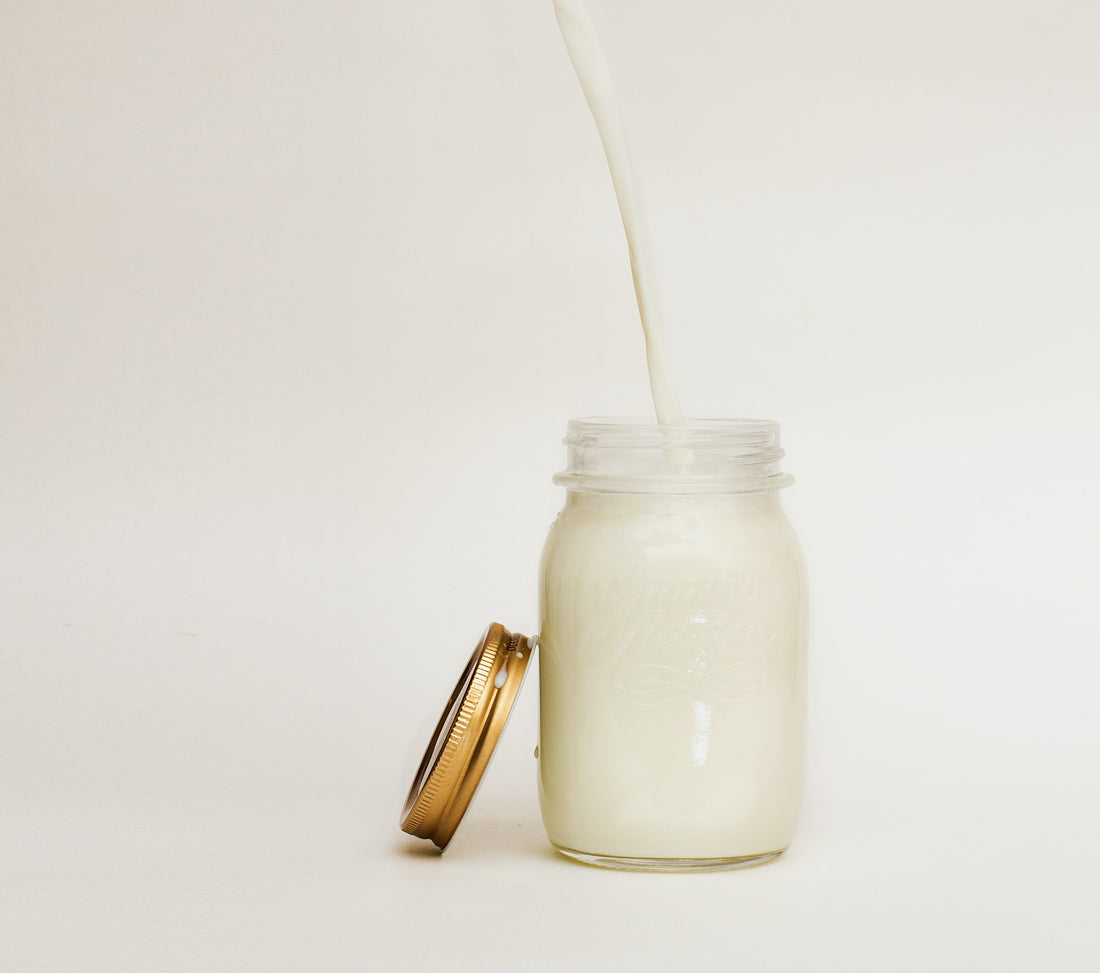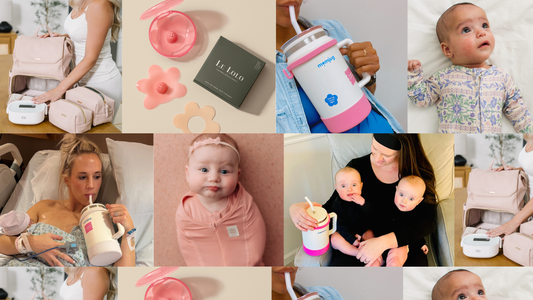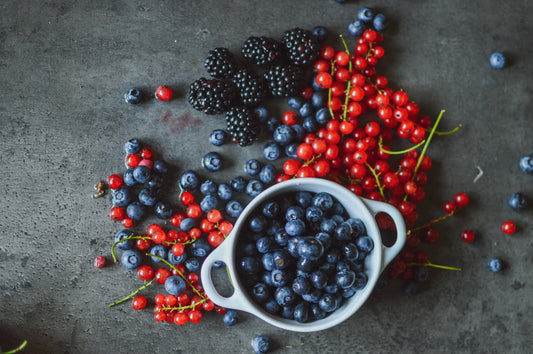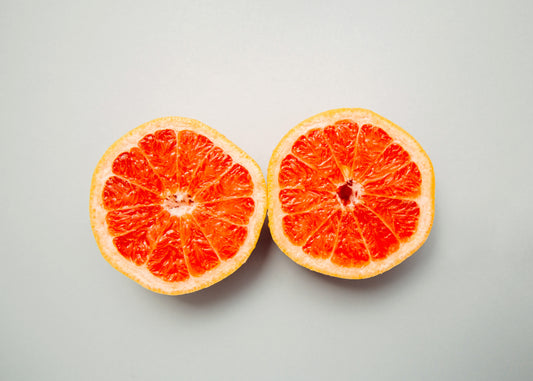Why is my breastmilk a different color? What does it mean?
The food we eat impacts our bodies and breastmilk is no exception to this, which is why the color of breastmilk can change colors.
As your body goes from producing colostrum to transitional milk to mature milk, your milk can change colors. This doesn’t (always) indicate a problem— it just has to do with the milk's changing composition.
Here’s a list of breastmilk colors and potential reasons why:
- Yellow: Colostrum-rich milk looks yellow and contains many of the antibodies needed to protect newborns against disease. This is the early milk produced soon after giving birth. Mature milk can also turn yellow if you’ve eaten turmeric, carrots or sweet potatoes.
-
Green: If you’re eating a vegetable-rich leafy green diet, your milk may have a green tint—especially seaweed or spinach. Additionally, if you’re taking certain supplements like chlorella.
-
Pink: Any food with a strong deep red color pigment can end up pink when it mixes with white breast milk like beets, cherries or pomegranates.
- Blue: Mature milk can naturally have a bluish tint to it like very thin skim milk. Additionally, refrigerated breast milk may separate into layers leaving a blue-tinted layer on the bottom with a white creamy layer on top.
----
As always, if you have any concerns or questions, consult a healthcare or lactation professional.




